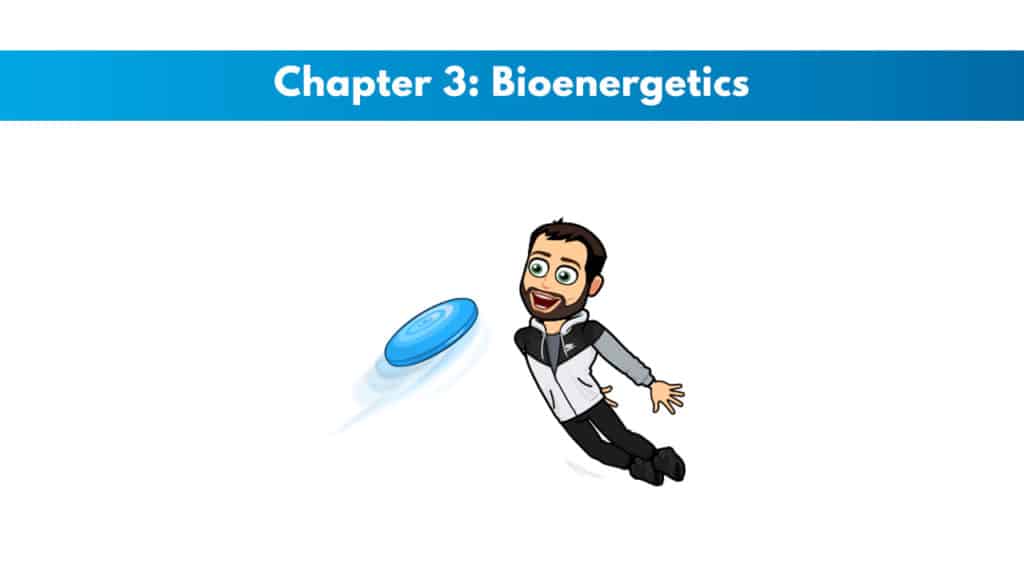
Get your copy of the NSCA CPT exam cheat sheet. It helps immensely in studying for the exam.
Make sure to check out Trainer Academy for premium NSCA CPT study materials. They will reduce study time by 50% and have an exam pass guarantee. Read my full review on them here. You can save $100 on their MVP study system with the code: PTPSUB
Chapter Objectives:
- Know the basic terms we use for bioenergetics and metabolism related to exercise and training.
- Discuss the central roles of ATP in muscular activity.
- Discuss basic energy systems that are present in the body and their ability to supply energy for various activities.
- Discuss training effects on the bioenergetics of skeletal muscle.
- Know each energy system’s substrates and discuss substrate pattern use with different activities.
- Make training programs that show an understanding of human bioenergetics and metabolism, especially the metabolic specificity of training.
Essential Terminology
Bioenergetics is the flow of energy in a biological system. This mainly refers to converting food to energy we can use. Food is made up of carbs, protein, and fats.
Catabolism is the process of breaking large molecules down into smaller ones. For example, we break down carbs into glucose.
The opposite process of catabolism is anabolism. This is the building-up process.
ATP is energy that is obtained from catabolic reactions used to drive the anabolic ones through intermediate molecules. Without ATP, we would be unable to do any muscular activity or grow our muscles.
Energy Systems
We have three different energy systems that we use in our bodies. These are the phosphagen system, Glycolysis, and oxidative system.
The Phosphagen System
This system provides the energy we use for short-term, high-intensity type activities. Even if you are doing low-intensity work, this system comes into play initially. So, it is present at the start of all exercise but very vital to high-intensity short work like a play in football or maybe even a sprint.
ATP stores
We do not store enough ATP in the body for all exercise. We really only store a small amount.
ATP is the main energy source for all basic cell functions.
Creatine kinase is the main thing used in the phosphagen system. It is used to maintain the right concentration of ATP in the muscles. In the phosphagen system, we reproduce ATP very quickly.
Exclusive PTP CPT Offers |
||
|---|---|---|
Gold Standard Cert | Most Popular Cert | Best Study Materials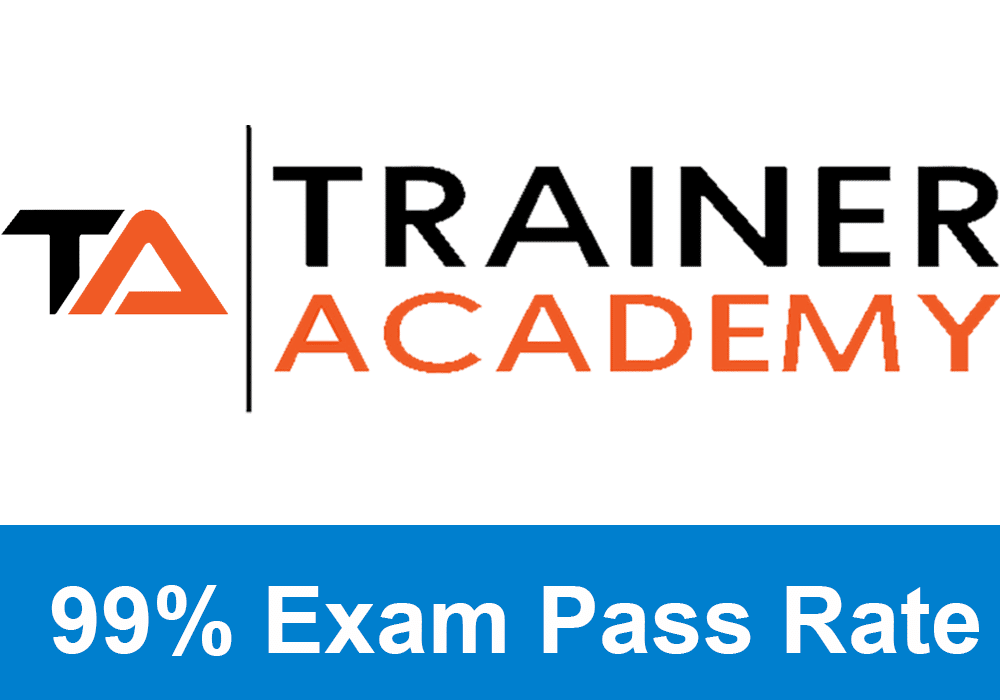 |
A Good Option | A Good Option | Best CPT for you?  |
Control of the Phosphagen system
The Law of Mass Action says that the reactant concentrations or products within a solution drive the direction of the reaction that will occur.
Glycolysis
Glycolysis is basically defined as breaking down carbs into glycogen within the muscles or glucose within the blood. And this is to resynthesize ATP.
The end result of glycolysis is pyruvate, which will follow one of two potential paths..
- Pyruvate may convert to lactate
- Pyruvate may move to the mitochondria
Glycolysis and the formation of lactate.
We form lactate from the pyruvate due to an enzyme known as hydrogenase.
This doesn’t yet result in lactic acid, though.
Lactate also isn’t the result of fatigue.
Glucose + 2Pi + 2ADP → 2Lactate + 2ATP + H2O
Lactate will be converted by the body into glucose when it moves to the liver.
We call this process the Cori Cycle.
Glycolysis and the Krebs Cycle
Acetyl-CoA is the substance that pyruvate converts to when it enters the mitochondria.
Acetyl Co-A will enter the Krebs Cycle.
The NADH molecules will enter the electron transport system, or ETC, and will be used to synthesize ATP again.
Exclusive PTP CPT Offers |
||
|---|---|---|
Gold Standard Cert | Most Popular Cert | Best Study Materials |
A Good Option | A Good Option | Best CPT for you?  |
Glucose + 2Pi + 2ADP + 2NAD+ → 2Pyruvate + 2ATP + 2NADH + 2H2O
The Energy Yields for Glycolysis
When we are using glycolysis, we have one blood glucose molecule yielding a net of two ATP molecules.
Control of Glycolysis
The process of Glycolysis is started with high concentrations of ADP, P, and ammonia. There also is a decrease in the pH levels and AMP.
Low pH, CP, Citrate, ATP, and free fatty acids may inhibit glycolysis.
The Lactate Threshold and The Onset of Blood Lactate
Lactate thresholds, LTs, represent increasing reliances in the anaerobic mechanisms.
The lactate threshold is also a marker for the Anaerobic Threshold.
The lactate threshold is seen as the moment of exercise intensity where the blood lactate concentration starts increasing well above the baseline concentration it usually has.
The Lactate threshold starts around 50 – 60% of the max oxygen uptake, or VO2 max, in people who are not well trained.
Trained athletes typically have the threshold starting at 70 – 80%.
The onset of the blood lactate is second in the body’s lactate accumulation rate.
The lactate threshold really only occurs at these high intensities of exercise.
The Oxidative System (Aerobic System)
The oxidative system serves as the primary source of ATP for our bodies during longer and lower-intensity activities.
This oxidative system uses fats and carbs as substrates to make ATP.
Glucose and Glycogen Oxidation
Muscle glycogen and glucose metabolism in the blood starts with glycolysis and ends with the Krebs Cycle.
Fat Oxidation
Hormone-sensitive hormones will break down triglycerides. This breakdown will then release free fatty acids into our bloodstream. These free fatty acids circulate in the blood and enter the muscle fibers when needed.
The free fatty acids will next enter the mitochondria after entering the muscle fiber. The mitochondria will be broken down more to form the Acetyl CoA and hydrogen protons used in other energy systems.
Protein Oxidation
Protein is not a main source of energy for the body. This is because it serves other, more important purposes and is more of a last resort.
The Proteins are broken down into amino acids and then those amino acids are made into glucose, pyruvate, and the many other things that we need to do the Krebs cycle and end up making ATP.
Metabolic Specificity of Training
Using the right intensities and rest intervals will permit the selection and use of specific energy systems while training for specific goals.
Oxygen Uptake and the Aerobic and Anaerobic Contributions to Exercise
Oxygen uptake measures someone’s ability to take in and use oxygen. The higher someone’s uptake, the more fit they are thought to be.
The anaerobic Contribution to the total energy cost of exercise is known as oxygen debt. Following exercise, oxygen uptake stays above the pre-exercise levels for some time which will vary depending on the intensity and duration of work.
Postexercise oxygen uptake is known as oxygen debt or EPOC (excess post-exercise oxygen consumption).
If you want assistance wrapping your head around this material, make sure to check out Trainer Academy for some awesome NSCA study materials. They have Practice tests, flashcards, and a fantastic study guide. They even offer an exam pass guarantee.

 Have a question?
Have a question? 



![NSCA CPT vs CSCS - Which Certification Is Best in [year]? 9 NSCA CPT vs CSCS](https://www.ptpioneer.com/wp-content/uploads/2020/03/NSCA-CPT-vs-CSCS.jpg)
![Free NSCA CPT practice test + study guide/flashcards [year] 10 FREE NSCA Study Guide](https://www.ptpioneer.com/wp-content/uploads/2019/09/FREE-NSCA-Study-Guide.jpg)
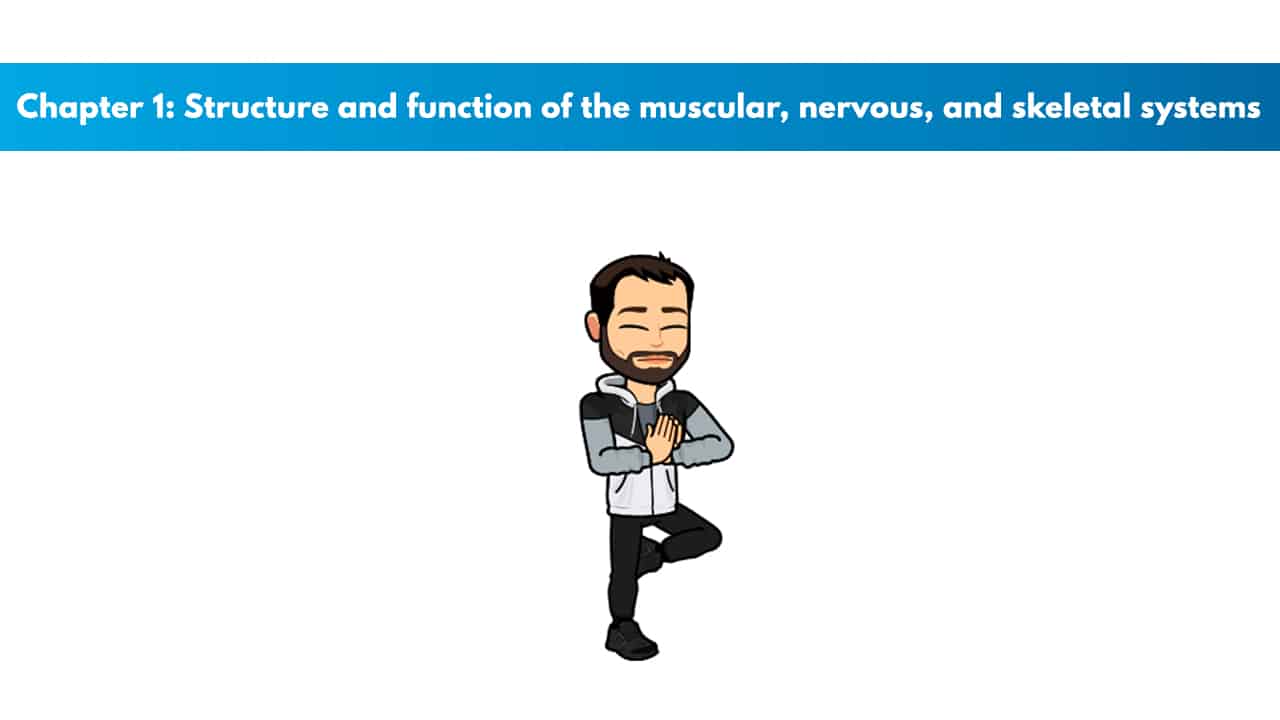
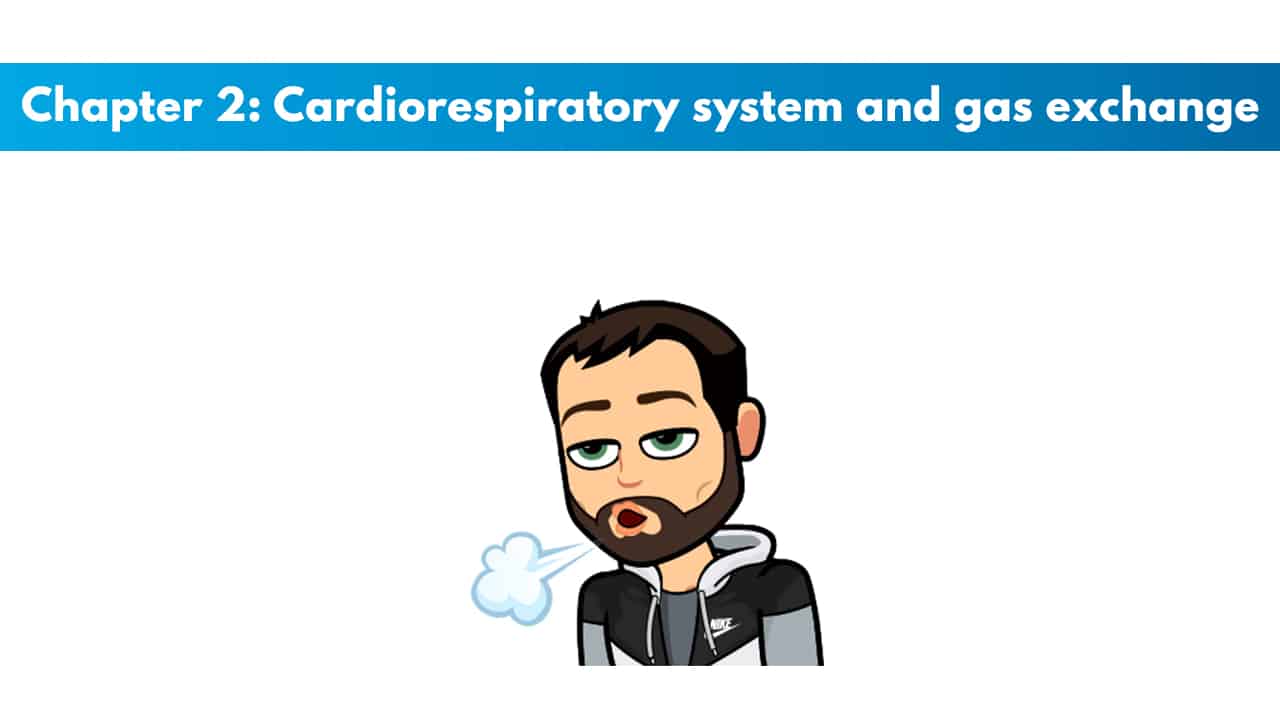
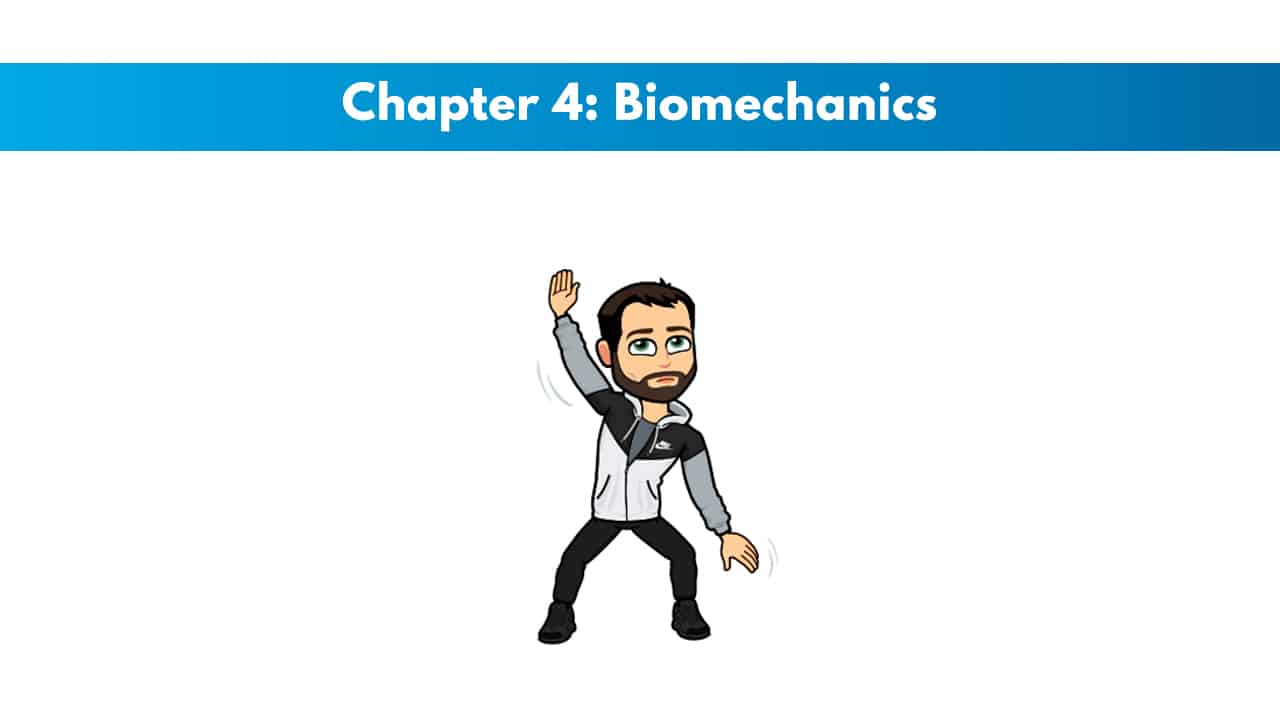


Tyler Read
PTPioneer Editorial Integrity
All content published on PTPioneer is checked and reviewed extensively by our staff of experienced personal trainers, nutrition coaches, and other Fitness Experts. This is to make sure that the content you are reading is fact-checked for accuracy, contains up-to-date information, and is relevant. We only add trustworthy citations that you can find at the bottom of each article. You can read more about our editorial integrity here.